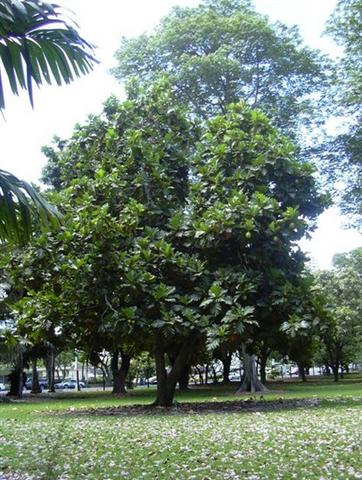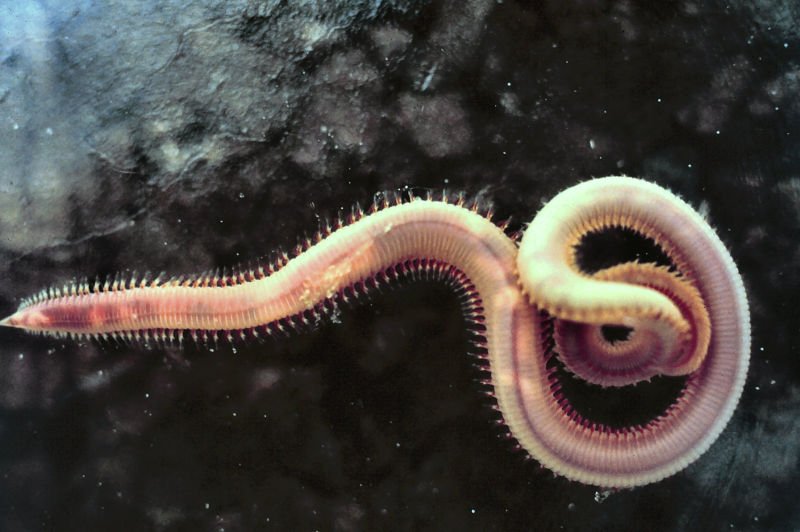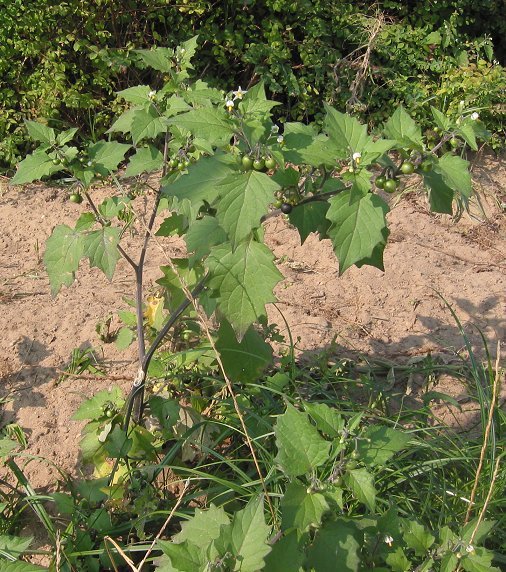Originally I did not have a separate item for rakau in my glyph type dictionary. Instead I regarded rakau as a variant of hua poporo:
I perceived the central stem was similar and the other features could have been there to identify the species, so to say. ... In Mangareva poporo was July.
  ... In Samoa the same season was called palolo-mua.  ... South of the equator July is the first month beyond winter solstice. The words poporo and palolo (paroro) are not equal in form, yet a certain resemblance may have induced July to be named poporo on Mangareva (given that Samoan palolo was known). ... In Tahiti the bread-fruit can be gathered for seven months, for the other five there is none: for about two months before and after the southern solstice it is very scarce, but from March to August exceedingly plentiful. This season is called pa-uru (uru = 'bread-fruit'). The recurring scarcity of bread-fruit shewed the changes in the course of the year, but the Pleiades afforded a surer limit. In Samoa one authority gives the wet season, ending in April, and the dry season, which comes to an end with the palolo fishing in October; another vaipalolo the palolo or wet season from October to March, and toe lau, when the regular trade-winds blow, embracing the other months; a third the season of fine weather - in which however much rain falls in some localities - and the stormy season, when it rains heavily ... ... Barthel informs us that the Maori singers in New Zealand, where the breadfruit did not grow, 'translated' kuru (= breadfruit) in their old songs - from the times when their forefathers lived in a warmer climate - into poporo. He points out that in the Marquesas they counted the fruits from the breadfruit trees in fours, perhaps thereby explaining the four 'berries' in this type of glyph. The breadfruit did not grow on Easter Island but the berries of Solanum nigrum were eaten in times of famine.
Barthel compares with the word koporo on Mangareva. The poor crop of breadfruits at the end of the harvest season was called mei-koporo, where mei stood for breadfruit. On other islands breadfruit was called kuru, except in the Marquesas which also used the word mei. Koporo was a species of nightshade ...
En passent we should remember Rei hata at Haedus II, 'on the edge of something':
... Teke said to Oti, 'Go and take the hauhau tree, the paper mulberry tree, rushes, tavari plants, uku koko grass, riku ferns, ngaoho plants, the toromiro tree, hiki kioe plants (Cyperus vegetus), the sandalwood tree, harahara plants, pua nakonako plants, nehenehe ferns, hua taru grass, poporo plants, bottle gourds (ipu ngutu), kohe plants, kavakava atua ferns, fragrant tuere heu grass, tureme grass (Diochelachne sciurea), matie grass, and the two kinds of cockroaches makere and hata.' ... The division into quarters of a 28-series can be applied to the main phases of the moon during the visible period ... The separate subgroup (29 makere - 30 hata) consists of the names of two types of cockroaches, but in related eastern Polynesian languages these names can also be explained on a different level. MAO. makere, among others, 'to die', and whata, among others, 'to be laid to rest on a platform', deserve special attention. The theme hinted at is one of death and burial. In our scheme they occur at just that time when the moon 'has died'! This lends further support to the lunar thesis ... |
||||||||||||||||||||||||||||||||||||||||||||||||||||||||||||||



